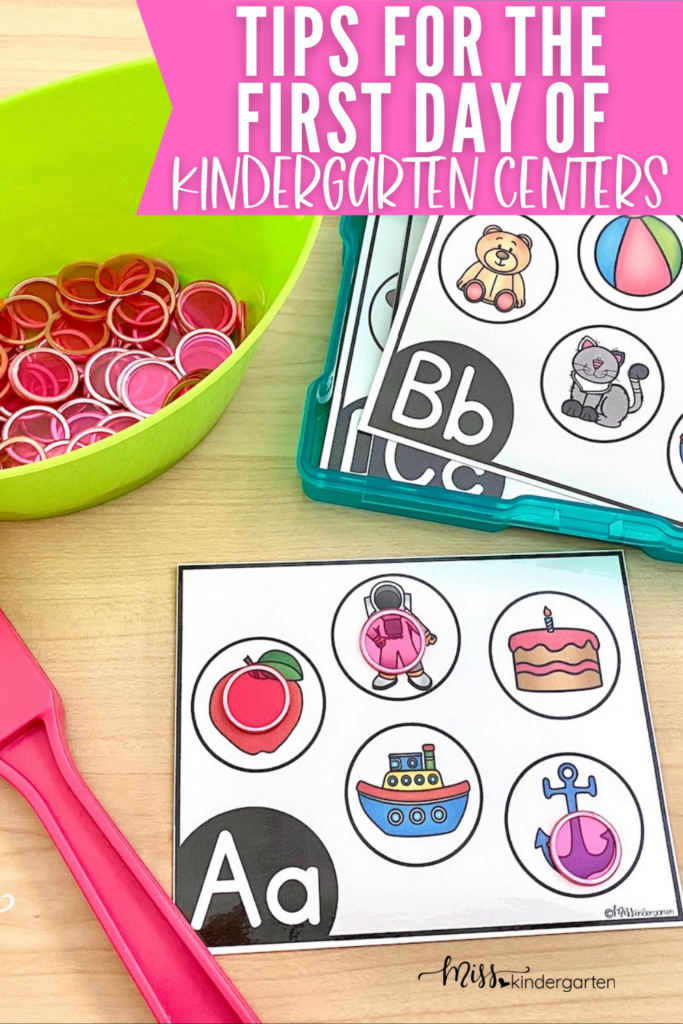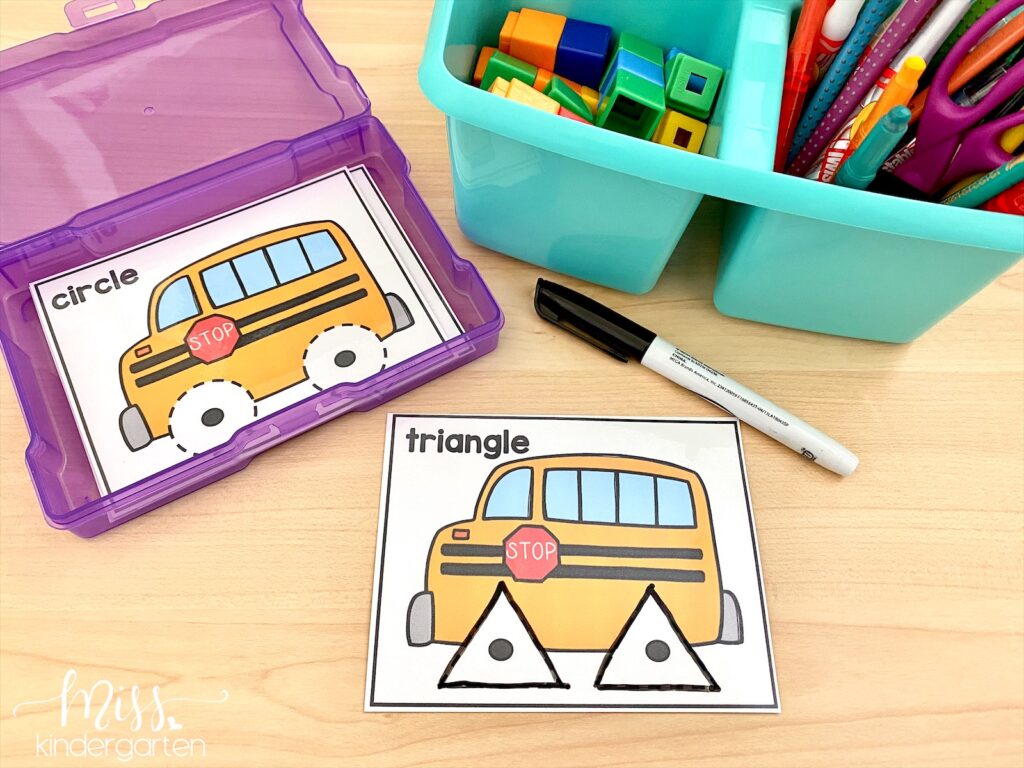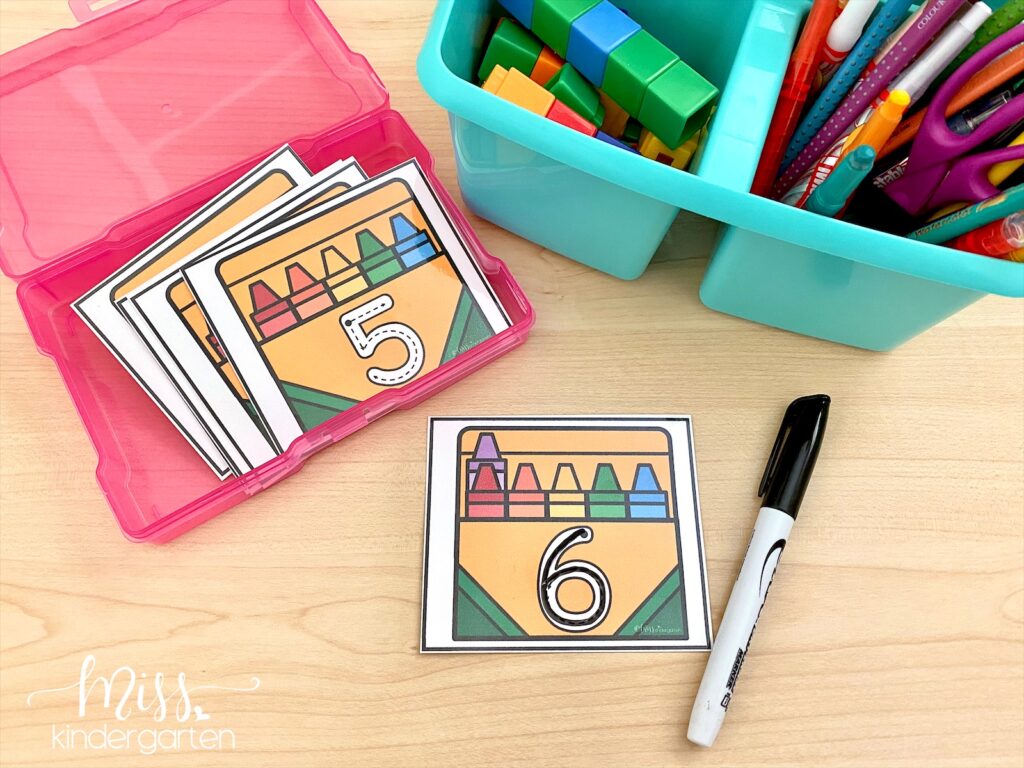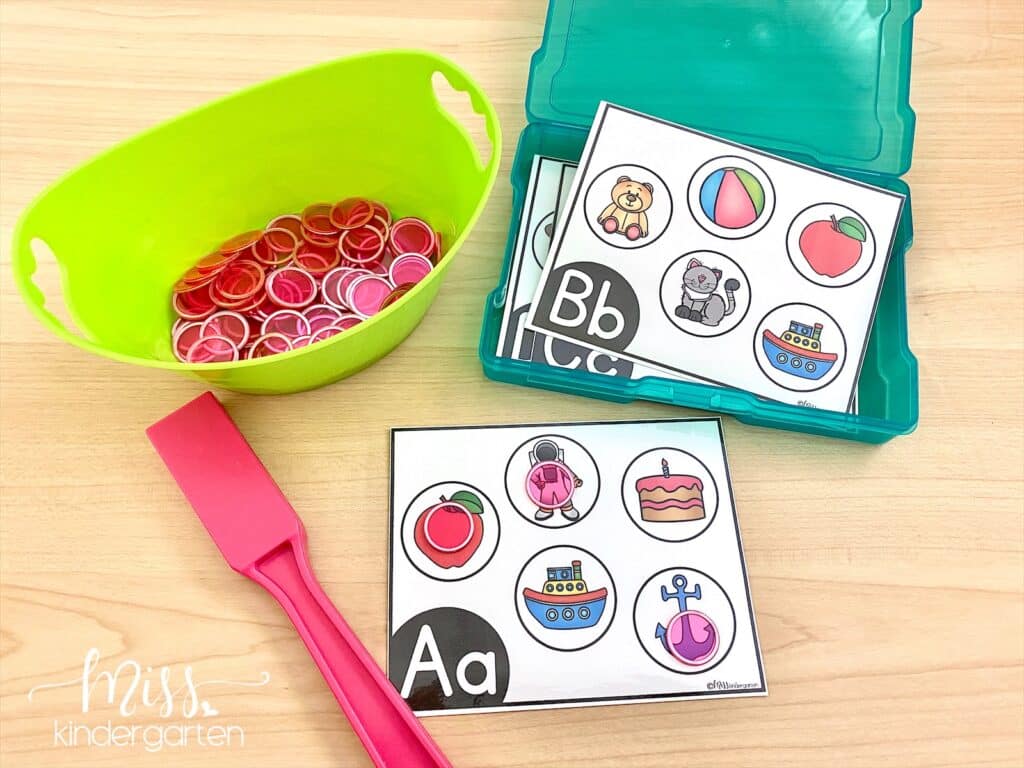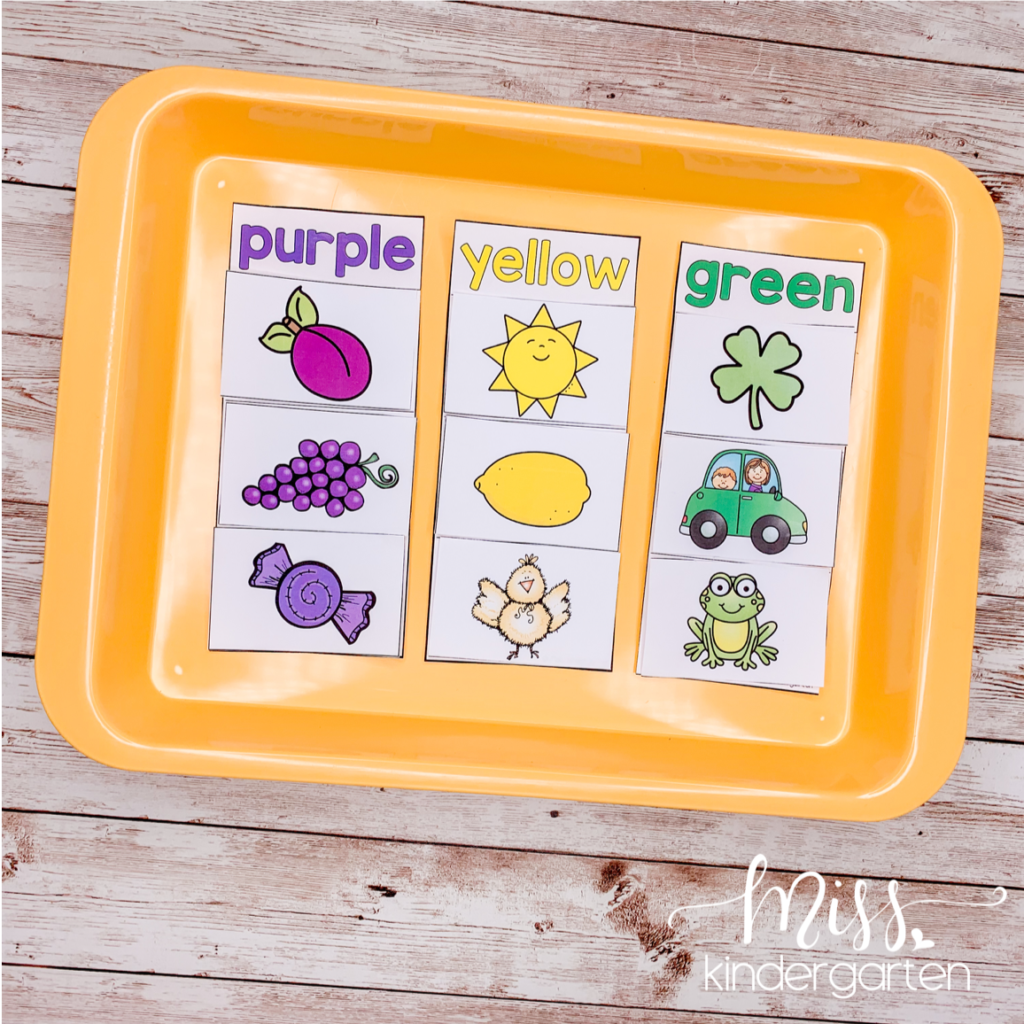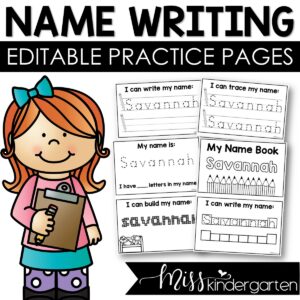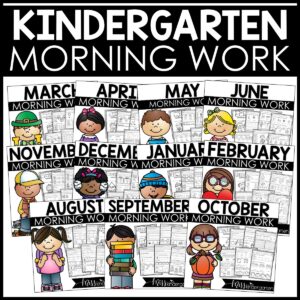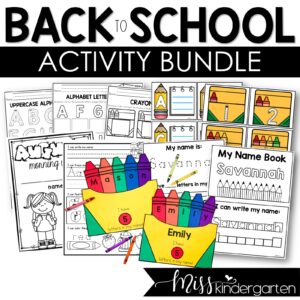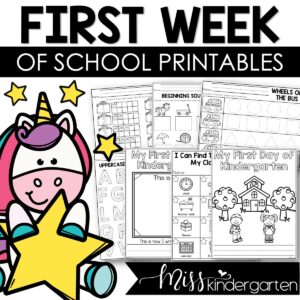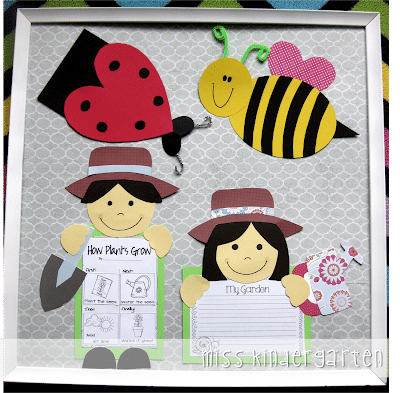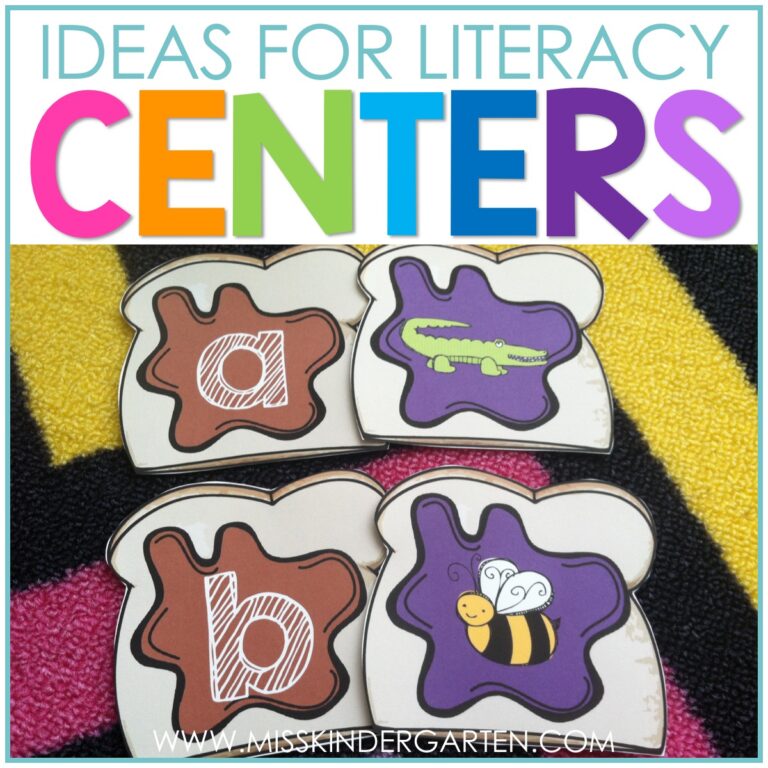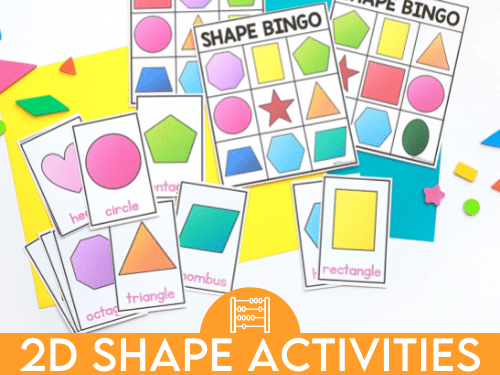Getting Ready For the First Day of Centers
In kindergarten, you will come across many “firsts” in the classroom. One of the most intimidating firsts is the first day of centers! While you may have nightmares that you are releasing your class to roam free and have a chaotic free-for-all in the classroom, there’s nothing further from the truth! With a little planning and some intentional choices, your first day of centers can be an amazing precursor to a year of successful independent learning.
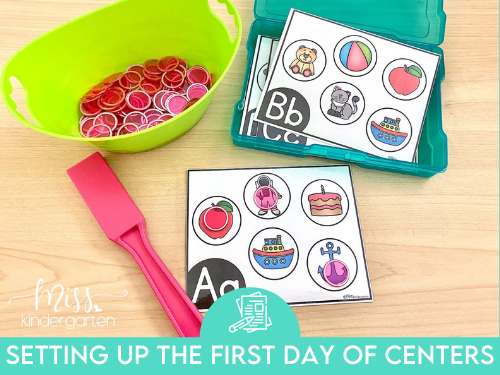
1. Start Small
The very first day of centers (which is NOT the first day of school) in the primary classroom should not look like your ideal center rotations during the final months of school. You will slowly work up to that! Jumping right in with a full center rotation schedule is not in anyone’s best interest! {I may, or may not, be speaking from experience!}
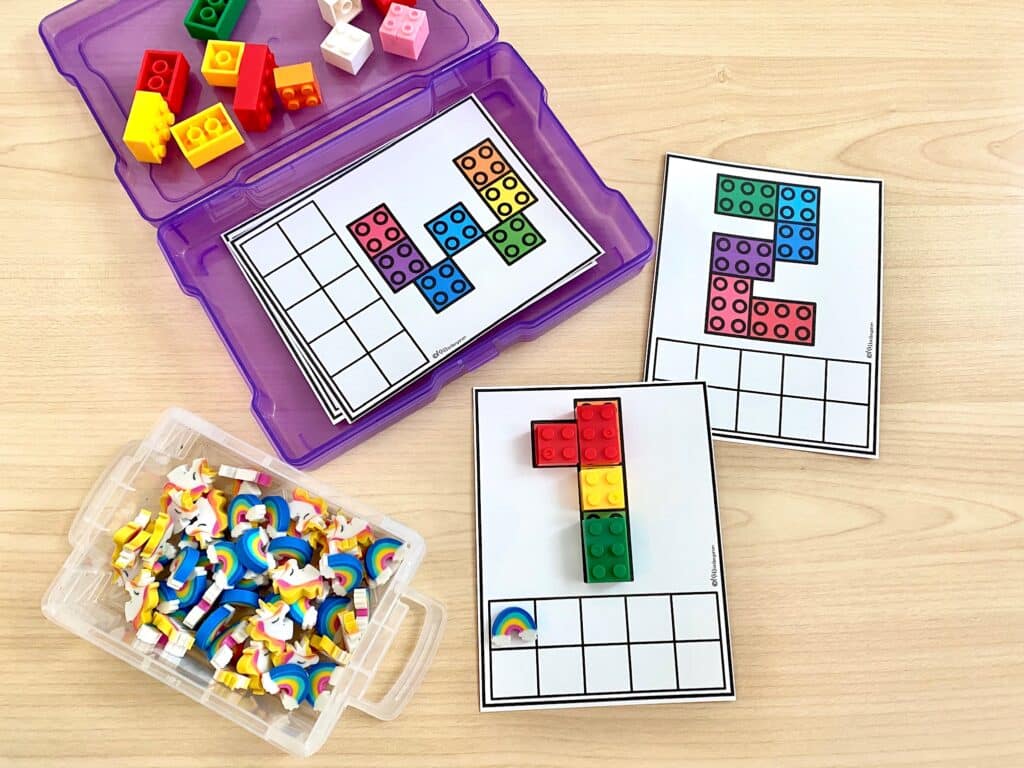
When I first introduce centers in the classroom it actually looks very different from centers at the end of the year. In fact, while the end goal is for students to rotate through different center activities, in the beginning, the students don’t rotate at all. The centers actually come to the students instead of the other way around.
I introduce the centers and let students know that we will have a set time for this activity. I place the activities on the table and set the timer. The students will work until the timer goes off. Then I rotate the centers to a new table and we start again. This gives the students a great introduction to working within a set time and to the concept of rotating.
The reason that I do this is that my initial focus is to teach the center activities, as opposed to teaching how to rotate. I like to give students a little more time and practice moving around the room before jumping into rotating during centers. Throughout the first few weeks in school, we practice transitioning from the carpet and back to the table, lining up for lunch and recess, and moving through the school. We are laying the foundation for moving and rotating through centers.
2. Keep it Simple
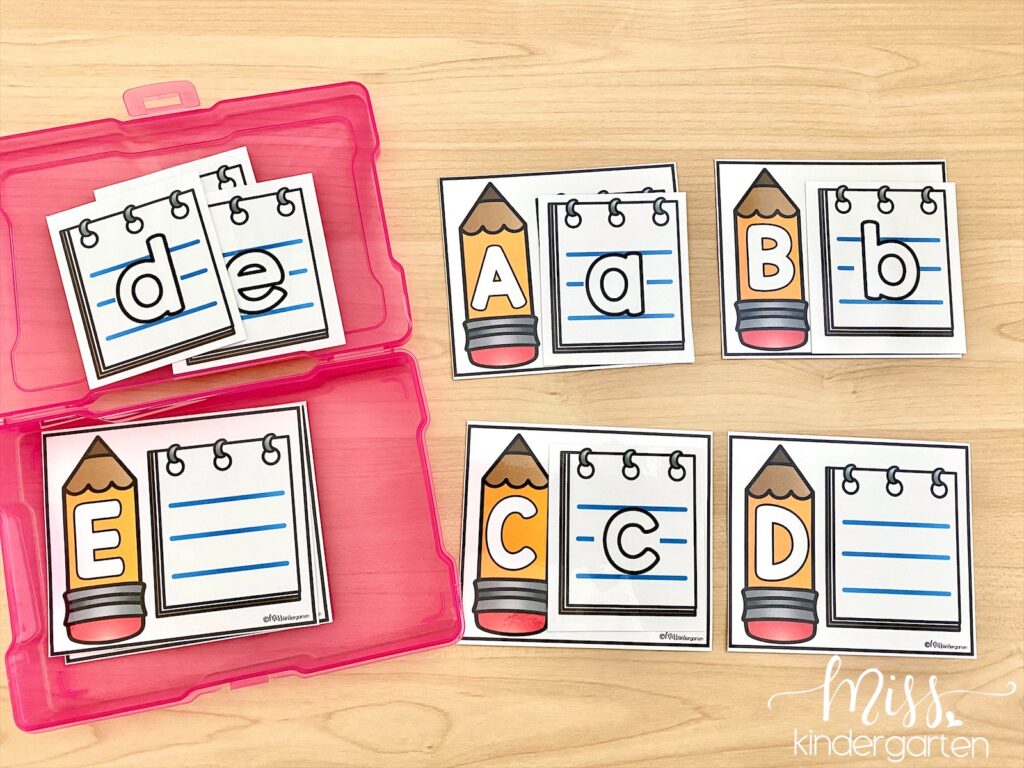
At the start of the year, we keep our centers fairly simple. At some centers, my students are just building with playdough, crayons, puzzles, or blocks. As they become more familiar with using our classroom materials, I begin to incorporate academic skills into our centers.
One of the centers we love using at the beginning of the year is these alphabet matching cards. My students understand the matching concept quickly and can begin working independently almost immediately.
By using simple tools, students can quickly pick up the classroom expectations and focus on building stamina during centers. It also helps students feel confident in their new environment and successful in their learning!
You can try these low prep centers with your students for FREE below!
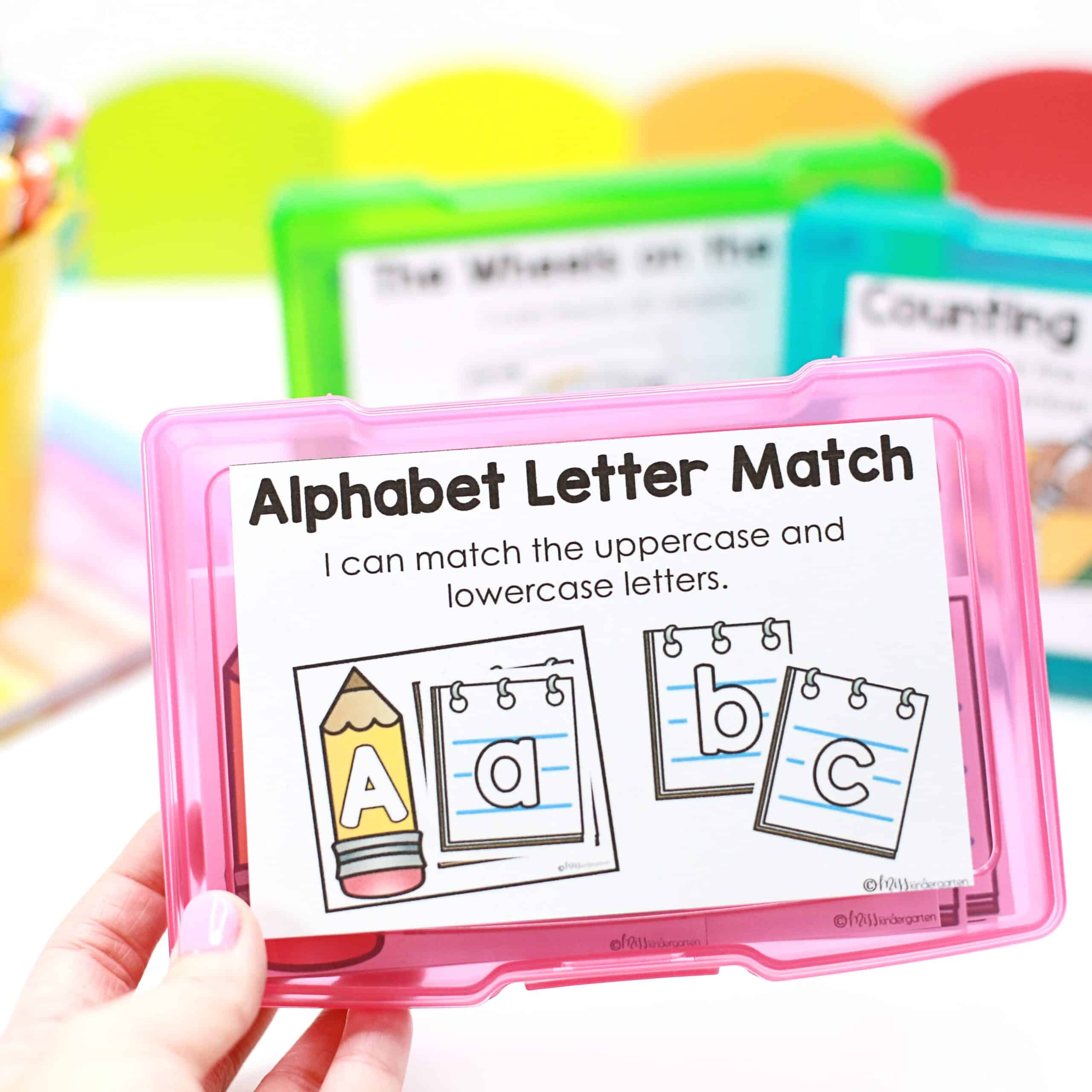
Free LOW PREP Centers
Engaging, hands-on centers that help your students practice important kindergarten skills while building fine motor strength! Enter your information below and I will send your free centers straight to your inbox!
3. Baby Steps
From here, I like to slowly introduce new tools and activities. When new tools and activities are slowly introduced students our students have a greater chance of success. Some of the first new tools we introduce are dry erase markers and math manipulatives. Since these are tools we will use throughout the year with many different activities it helps to set the rules and expectations when using them right from the beginning.
As I am planning out my centers, I like to make sure there are multiple opportunities for students to work with the new tools. For example, after introducing dry erase markers, I will set out two or three centers for them to practice using the new tool. Each of the center activities will have a different academic focus, but they will all give students the opportunity to work with the new tool. These two centers from my Back to School Low Prep Centers Bundle are great for practicing tracing shapes and number writing.
By planning ahead, I can be very intentional about the new tools I introduce. I choose the new tools based on the upcoming centers and activities I want students to do. I also limit to one new tool a day or every other day. Fight the urge, my friends, to do too much too fast. It will pay off in the end!
4. Introducing Procedures
Just like with anything else you do for the first time in the primary classroom, it is very important that you teach your students the procedures. During those first weeks of the year, you will be teaching lots and lots of procedures. This is another reason to start small, keep it simple, and introduce new activities in baby steps. Centers are just one of a gazillion things your young students will be learning for the first time, which is why they can feel overwhelming!
For the first day of centers, we practice learning how to work in centers on our own or with a partner. This can be a new concept for students, especially if they have never been to school before. Your students may be more interested in the group near them working on a different activity or want to wander around the room. We practice working on our center until the time is up and also work on sharing supplies when necessary. Both REALLY HARD tasks for kindergarteners to practice throughout the school year!
One of the most important procedures that we work on is how to take out and put away the supplies. Later, we will add to this procedure. Students will learn to get their own center supply buckets and take them to their workspace. By giving students ownership of this process, and teaching them how to do it, I know that we are laying the foundation for our future center rotations. Let’s face it, we don’t have time to put away, sort, and reorganize centers between every center rotation ourselves. We need our students’ help with this.
When it comes to procedures take some time before you begin to really think through what you want centers to look like and feel like in your classroom. For some, it will be working individually while for others it will be working in partners or small groups. Some teachers will allow students to have free choice of centers while others will use a set rotation system. Do what works best for you and your students!
My Favorite First Day of Centers Activities
Now that you know how I do the first day of centers, let’s take a peek into my favorite first day of centers activities. All of these activities meet my first day of centers guidelines that I explained above. Depending on the needs of my students and their levels of independence, I may choose just a few of these or all. Each year looks a little different because the students are different.
If you’re looking to add new center activities into your classroom, you can find all of the centers in my shop here!
Low Prep Kindergarten Centers Year Long Bundle
I hope these ideas help you feel more confident with kicking off centers in your classroom! You got this!!!
